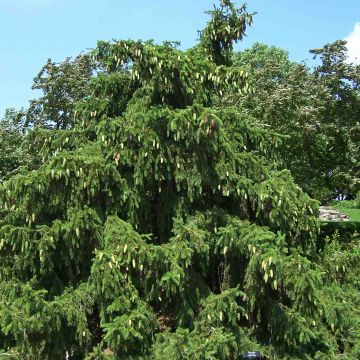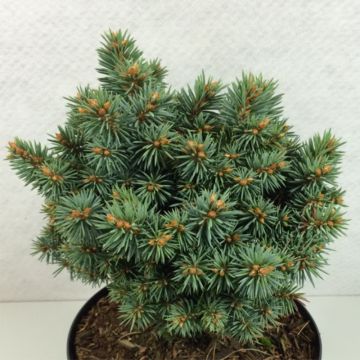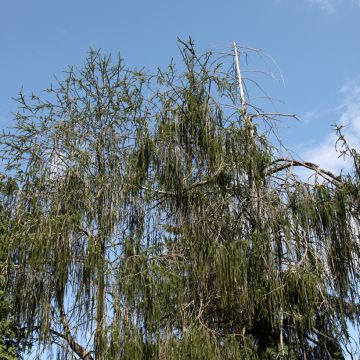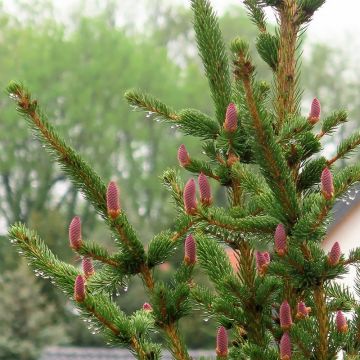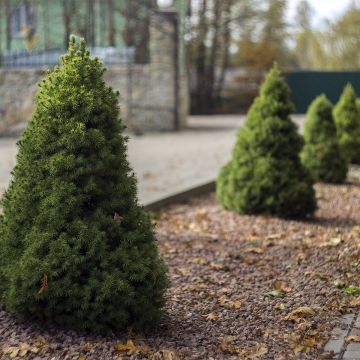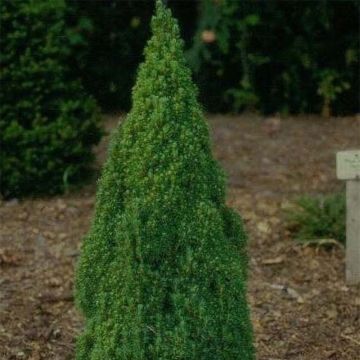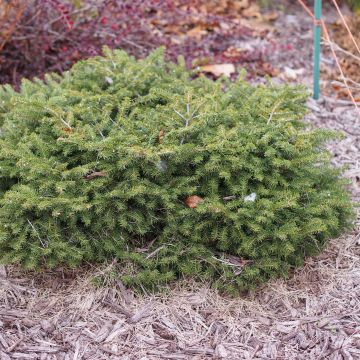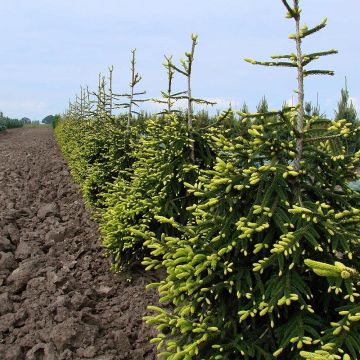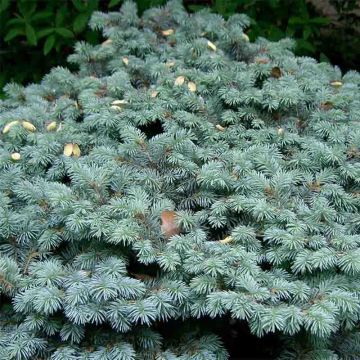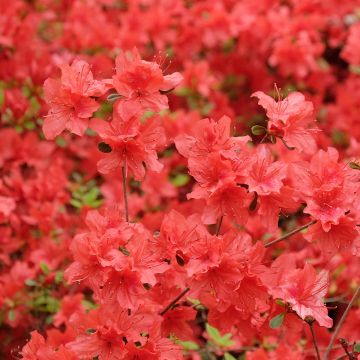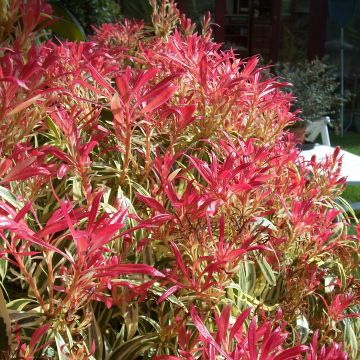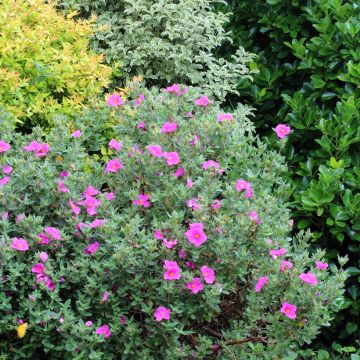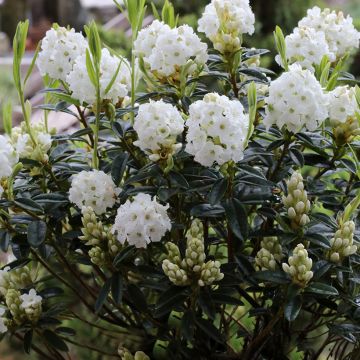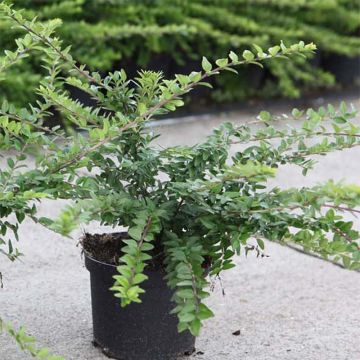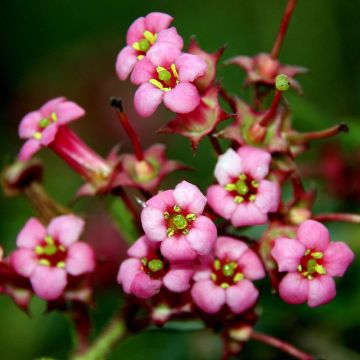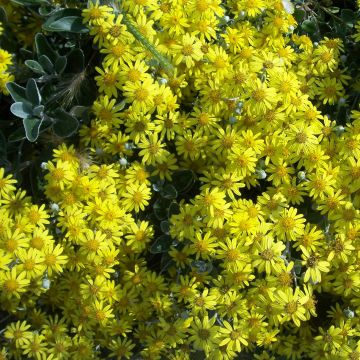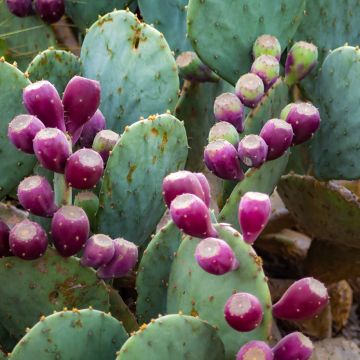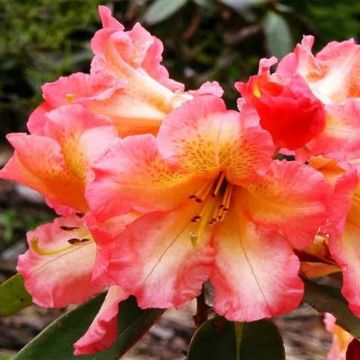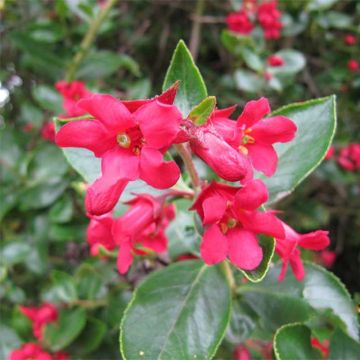Shipping country and language
Your country of residence may be:
Your country of residence is:
For a better user experience on our website, you can select:
Your shipping country:
-
Andorra
-
Austria
-
Belgium
-
Bulgaria
-
Canada
-
Chile
-
Croatia
-
Cyprus
-
Czechia
-
Denmark
-
Estonia
-
Finland
-
France
-
Germany
-
Greece
-
Hungary
-
Iceland
-
Ireland
-
Italy
-
Latvia
-
Lithuania
-
Luxembourg
-
Malta
-
Monaco
-
Netherlands
-
Poland
-
Portugal
-
Romania
-
Slovakia
-
Slovenia
-
Spain
-
Sweden
-
Switzerland
-
United Kingdom
We only deliver seed and bulb products to your country. If you add other products to your basket, they cannot be shipped.
Language:
-
French
-
German
-
Spanish
-
English
-
Italian
My Account
Hello
My wish lists
Log in / Register
Existing customer?
New customer?
Create an account to track your orders, access our customer service and, if you wish, make the most of our upcoming offers.
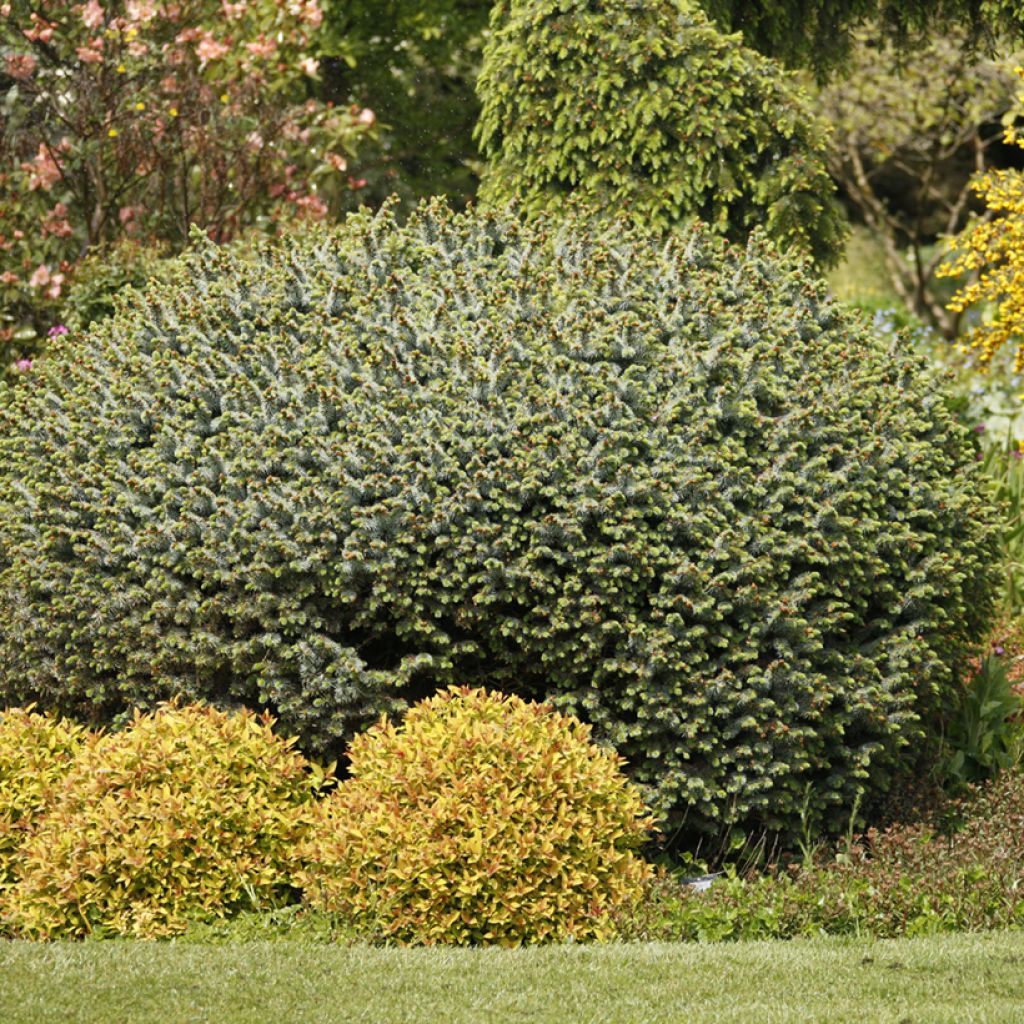

Picea sitchensis Tenas - Sitka spruce
Picea sitchensis Tenas - Sitka spruce
Picea sitchensis Tenas
Sitka spruce, Tideland spruce
Order in the next for dispatch today!
Dispatch by letter from €3.90.
Delivery charge from €5.90 Oversize package delivery charge from €6.90.
More information
This item is not available in your country.
Schedule delivery date,
and select date in basket
This plant carries a 24 months recovery warranty
More information
We guarantee the quality of our plants for a full growing cycle, and will replace at our expense any plant that fails to recover under normal climatic and planting conditions.
From €5.90 for pickup delivery and €6.90 for home delivery
Express home delivery from €8.90.
Does this plant fit my garden?
Set up your Plantfit profile →
Description
Picea sitchensis 'Tenas' is a dwarf Sitka Spruce, very compact, with a globose habit. It offers a beautiful colour, with its bright blue-green needles. It first forms a small rounded ball, then with age, slowly acquires a more conical silhouette. The density of the needles and the perfectly round shape give it an unusual appearance. It integrates well into small gardens and enlivens rockeries and pots on the terrace. It is a very hardy, undemanding small conifer which does not require pruning. It thrives in well-drained, but moist, ordinary soil, and a sunny exposure.
Picea sitchensis, also known as Sitka Spruce, is a plant from the pinaceae family. Native to the west coast of the United States, it owes its name to the locality of Sitka, located in Alaska. It is a very hardy species, accustomed to cold and humid climates in summer. In its natural environment, which is often very harsh, this fast-growing tree can exceed 40 m in height, and shows a pyramidal habit with age, and whorled branches. This spruce is one of the few that can tolerate transplantation at a young age. It is very tolerant of soil pH.
The 'Tenas' variety is distinguished by its truly spherical shape and the density of its needles, a beautiful glaucous blue, tinged with bright green. Its growth is very slow, around 7 to 8 cm per year. A 10-year-old specimen does not exceed 80 cm in all directions. Ultimately, it reaches a maximum height of 1.80 m to 2.20 m. It produces thin and stiff branches, very close together, directed upwards. They are covered with fine, flat and stiff needles, arranged radially around the branches. They are bluish-grey-silver in spring, then become greenish-blue over the seasons.
The dwarf Sitka Spruce 'Tenas', rather easy to grow, adapts to many climates, as long as the soil is well-drained and moist. It has a structured silhouette. Its reduced development allows it to be planted in gardens of all sizes, in a small bed or rockery scene. Combine it with other dwarf conifers with different coloured foliage, dark green, yellow-green, developing other silhouettes, with a prostrate, conical, columnar habit. Evergreen conifers are very aesthetic and have interesting architectural qualities for all gardens, especially contemporary gardens, which are more radical in their choice of silhouette and foliage. Play with volumes and colours by associating them with flowering shrubs, ground cover plants.
Report an error about the product description
Plant habit
Flowering
Foliage
Botanical data
Picea
sitchensis
Tenas
Pinaceae
Sitka spruce, Tideland spruce
Cultivar or hybrid
Other Picea
Planting and care
Picea sitchensis 'Tenas' can be planted from September to November and from February to June in ordinary, well-drained soil. It prefers moist to wet soil, and can tolerate slightly alkaline, neutral, or acidic conditions. Sandy, humus-bearing, or loamy soil is ideal. Choose a sunny spot or partially shaded. This variety is resistant to wind. Soak the root balls before planting. Add organic matter during planting and water generously during the first few years, especially during prolonged dry periods. Apply a special conifer fertiliser every year in April and weed the soil in summer. This hardy conifer (it can withstand temperatures as low as -30°C) can tolerate salty soils but is sensitive to heat and drought. Pruning is not necessary.
Planting period
Intended location
Care
This item has not been reviewed yet - be the first to leave a review about it.
Evergreen shrubs
Haven't found what you were looking for?
Hardiness is the lowest winter temperature a plant can endure without suffering serious damage or even dying. However, hardiness is affected by location (a sheltered area, such as a patio), protection (winter cover) and soil type (hardiness is improved by well-drained soil).

Photo Sharing Terms & Conditions
In order to encourage gardeners to interact and share their experiences, Promesse de fleurs offers various media enabling content to be uploaded onto its Site - in particular via the ‘Photo sharing’ module.
The User agrees to refrain from:
- Posting any content that is illegal, prejudicial, insulting, racist, inciteful to hatred, revisionist, contrary to public decency, that infringes on privacy or on the privacy rights of third parties, in particular the publicity rights of persons and goods, intellectual property rights, or the right to privacy.
- Submitting content on behalf of a third party;
- Impersonate the identity of a third party and/or publish any personal information about a third party;
In general, the User undertakes to refrain from any unethical behaviour.
All Content (in particular text, comments, files, images, photos, videos, creative works, etc.), which may be subject to property or intellectual property rights, image or other private rights, shall remain the property of the User, subject to the limited rights granted by the terms of the licence granted by Promesse de fleurs as stated below. Users are at liberty to publish or not to publish such Content on the Site, notably via the ‘Photo Sharing’ facility, and accept that this Content shall be made public and freely accessible, notably on the Internet.
Users further acknowledge, undertake to have ,and guarantee that they hold all necessary rights and permissions to publish such material on the Site, in particular with regard to the legislation in force pertaining to any privacy, property, intellectual property, image, or contractual rights, or rights of any other nature. By publishing such Content on the Site, Users acknowledge accepting full liability as publishers of the Content within the meaning of the law, and grant Promesse de fleurs, free of charge, an inclusive, worldwide licence for the said Content for the entire duration of its publication, including all reproduction, representation, up/downloading, displaying, performing, transmission, and storage rights.
Users also grant permission for their name to be linked to the Content and accept that this link may not always be made available.
By engaging in posting material, Users consent to their Content becoming automatically accessible on the Internet, in particular on other sites and/or blogs and/or web pages of the Promesse de fleurs site, including in particular social pages and the Promesse de fleurs catalogue.
Users may secure the removal of entrusted content free of charge by issuing a simple request via our contact form.
The flowering period indicated on our website applies to countries and regions located in USDA zone 8 (France, the United Kingdom, Ireland, the Netherlands, etc.)
It will vary according to where you live:
- In zones 9 to 10 (Italy, Spain, Greece, etc.), flowering will occur about 2 to 4 weeks earlier.
- In zones 6 to 7 (Germany, Poland, Slovenia, and lower mountainous regions), flowering will be delayed by 2 to 3 weeks.
- In zone 5 (Central Europe, Scandinavia), blooming will be delayed by 3 to 5 weeks.
In temperate climates, pruning of spring-flowering shrubs (forsythia, spireas, etc.) should be done just after flowering.
Pruning of summer-flowering shrubs (Indian Lilac, Perovskia, etc.) can be done in winter or spring.
In cold regions as well as with frost-sensitive plants, avoid pruning too early when severe frosts may still occur.
The planting period indicated on our website applies to countries and regions located in USDA zone 8 (France, United Kingdom, Ireland, Netherlands).
It will vary according to where you live:
- In Mediterranean zones (Marseille, Madrid, Milan, etc.), autumn and winter are the best planting periods.
- In continental zones (Strasbourg, Munich, Vienna, etc.), delay planting by 2 to 3 weeks in spring and bring it forward by 2 to 4 weeks in autumn.
- In mountainous regions (the Alps, Pyrenees, Carpathians, etc.), it is best to plant in late spring (May-June) or late summer (August-September).
The harvesting period indicated on our website applies to countries and regions in USDA zone 8 (France, England, Ireland, the Netherlands).
In colder areas (Scandinavia, Poland, Austria...) fruit and vegetable harvests are likely to be delayed by 3-4 weeks.
In warmer areas (Italy, Spain, Greece, etc.), harvesting will probably take place earlier, depending on weather conditions.
The sowing periods indicated on our website apply to countries and regions within USDA Zone 8 (France, UK, Ireland, Netherlands).
In colder areas (Scandinavia, Poland, Austria...), delay any outdoor sowing by 3-4 weeks, or sow under glass.
In warmer climes (Italy, Spain, Greece, etc.), bring outdoor sowing forward by a few weeks.
